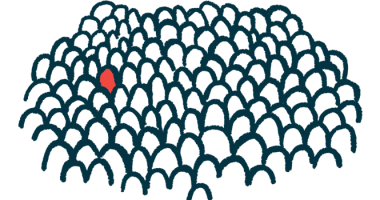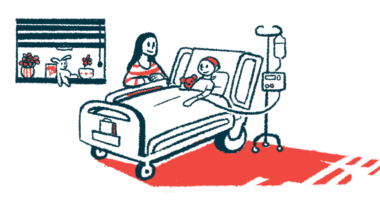Colombian children with aHUS show lung involvement, poor kidney prognosis
More than half required hemodialysis to manage acute kidney injury

Colombian children seen for the first time for atypical hemolytic uremic syndrome (aHUS) had a high frequency of disease manifestations involving organs other than the kidneys, with two-thirds showing signs of lung involvement, a study reports.
Their prognosis was worse than reported in previous studies, with more than half of them requiring hemodialysis to manage acute kidney injury.
“This may be attributable to the relatively high frequency of triggering events, the unknown mutational profile effect in [this] population, and the delay in the initiation of complement inhibitor therapy,” the researchers wrote in “Atypical Hemolytic Uremic Syndrome: A Nationwide Colombian Pediatric Series,” which was published in Global Pediatric Health.
aHUS is caused by the abnormal activity of the immune system’s complement cascade, causing inflammation and blood clots to form in small blood vessels. These blood clots can damage internal organs, particularly the kidneys.
Most people with aHUS have genetic mutations in the genes that encode proteins that regulate the complement cascade’s activity. About 67% of patients carrying such mutations have the first signs of aHUS in childhood.
Genetic causes largely underlie aHUS so investigating the clinical and genetic characteristics of patients with different ethnic backgrounds may be of clinical value. Few studies have looked at the disease in Latin American populations, however, leading researchers in Colombia to study its profile in 27 children by collecting data in different medical centers from 2010 to 2019.
Prognosis of aHUS in children in Colombia
Most patients were male (70%) and had a mean age of 5.1. In most children (60%) the onset of aHUS occurred before they reached age 4. Gastroenteritis, or inflammation in the lining of the stomach and intestines, was found to be the main trigger for aHUS (52%), followed by upper respiratory tract infection (19%), and urinary infection (15%).
In most patients, high blood pressure was present at the onset of the disease. Moreover, all the patients had disease manifestations involving other organs apart from the kidneys, with the lungs being the most often affected (67%), particularly among children ages 1-7. Neurological (44%) and cardiovascular involvement (33%) were also observed.
Genetic testing was available for six patients. Of these, two had mutations in the CFHR5 gene, two in the MCP gene, one in both the ADAMTS13 and THBD genes, and another in the DGKE gene. The researchers couldn’t address the clinical significance of these variants due to the limited number of patients with mutations, however.
Treatment of aHUS
About half (56%) the patients received plasmapheresis, a form of treatment that consists of replacing plasma, the liquid part of blood. Also, 40% were simultaneously treated with medications to reduce excess protein in the urine that’s associated with kidney injury, called proteinuria. Most (81%) required hemodialysis, wherein a specialized machine filters the blood when the kidneys are no longer working properly.
Moreover, 74% of the patients were treated with Soliris (eculizumab), a complement inhibitor therapy that’s approved for aHUS, with most (70%) achieving complete disease remission. No side effects related to the treatment were observed. Some patients did have relapses after treatment, most often with viral infections in the upper respiratory tract.
Also, despite an initial decrease in symptom severity, five patients treated with Soliris continued to have slight proteinuria. Maintenance therapy couldn’t be completed for them due to problems acquiring treatment or with its availability. Of these, three progressed to end-stage kidney disease and one died from acute respiratory and cardiac failure.
Researchers estimated the five-year survival rate without end-stage kidney disease among children with aHUS to be at 65%. Children treated with Soliris at some point lived significantly longer without having end-stage kidney disease.
“In our cohort, we observed a relatively high frequency of extra-renal involvement at first presentation represented by pulmonary manifestations. The renal prognosis at initial presentation was worse than in previous reports,” the researchers wrote. “More extensive genetic screening is required for this … population, including genetic studies of the complement terminal pathway factors and coagulation pathway factors, and possibly, autoantibodies.”







